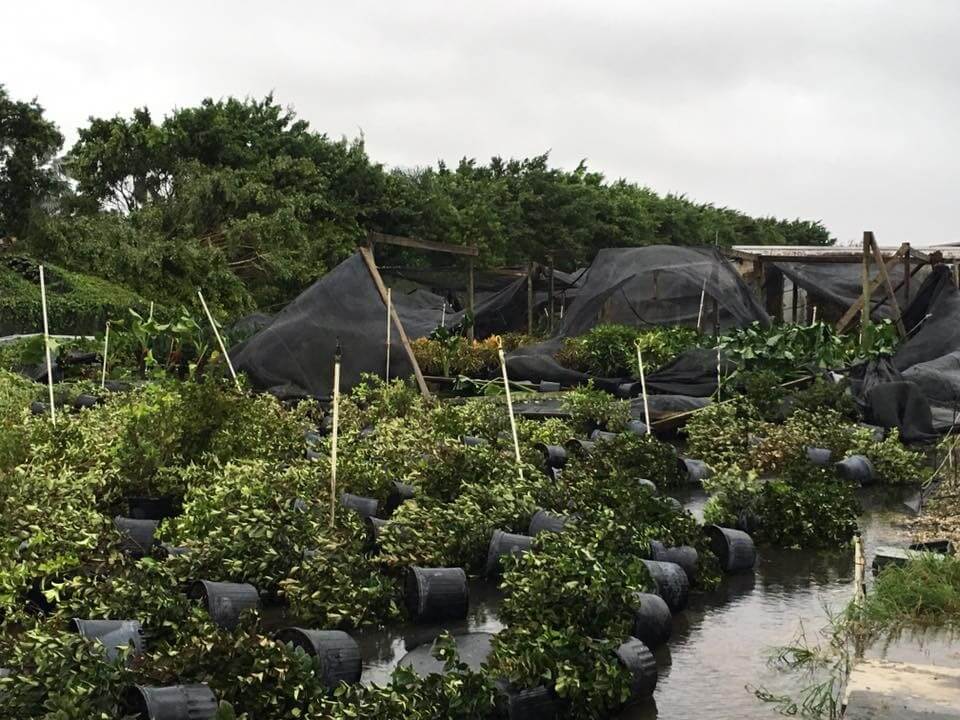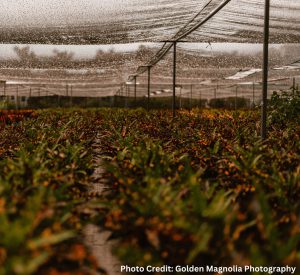 Hurricane season in Florida can look very different from year to year; if we’re lucky, we may have little to no tropical activity, but it is best to prepare for the worst. The season ranges from June 1st to November 30th, with most tropical activity occurring around the middle of that time frame. However, hurricanes have been known to pop up right at the beginning or the end of the season, making it important to be ready for disaster at any point in that frame. Unfortunately, hurricane preparation is typically put off until a storm is predicted or already headed our way.
Hurricane season in Florida can look very different from year to year; if we’re lucky, we may have little to no tropical activity, but it is best to prepare for the worst. The season ranges from June 1st to November 30th, with most tropical activity occurring around the middle of that time frame. However, hurricanes have been known to pop up right at the beginning or the end of the season, making it important to be ready for disaster at any point in that frame. Unfortunately, hurricane preparation is typically put off until a storm is predicted or already headed our way.
The ornamental nursery industry can be greatly impacted by storms, from power outages preventing wells from running days after a storm, to increased labor needs just before and after a storm. To help reduce potential impacts from a hurricane, both to the farm itself and the mental wellbeing of the farmer, a few storm preparation steps should be taken to improve resilience.
Weeks to Months Prior to Hurricane Season, or ASAP
Before the season even begins, there are a few important storm preparation tasks to be completed. First and foremost: register your farm with the Farm Service Agency, as this process can take a while and is necessary to receive disaster assistance from the USDA after a storm. Next, create a list of emergency contacts, including employees, insurance companies, utility companies, plumbers, and others. Store important documents, such as payroll information, crop insurance policies, and equipment inventories in a waterproof/fireproof container and place it in a secure location. Determine pre- and post-storm responsibilities and discuss roles with employees. Prune permanent trees to increase resilience, and service non-portable generators.
As Hurricane Season Begins
 Continued maintenance of buildings throughout the year is important, but securing loose components is essential during hurricane season. To improve drainage during and after a storm, clean runoff ditches and grade areas for drainage. Be sure to have important maintenance items on hand, like extra shade cloth, lumber, and plumbing supplies. Tie down any portable buildings to secure them in the event of a storm.
Continued maintenance of buildings throughout the year is important, but securing loose components is essential during hurricane season. To improve drainage during and after a storm, clean runoff ditches and grade areas for drainage. Be sure to have important maintenance items on hand, like extra shade cloth, lumber, and plumbing supplies. Tie down any portable buildings to secure them in the event of a storm.
Water for both plants and employees will be necessary post-storm. Be sure to service and test portable generators to provide power to wells and other necessary electrical equipment, and provide a storage area for potable water for workers. Functional rain wear is helpful for any duties that must be performed during a rainy period, and first aid supplies should be available if needed.
A Few Days Before a Storm
By this time, a storm is on its way. Preliminary storm preparation should be complete, and focus is put on more immediate tasks. Irrigate plants and lower water levels in reservoirs, if possible. Plants on benches should be placed on the ground, and weights such as sand bags should be placed on open areas of ground cloth to help keep it in place. Keep cash, fuel, and water on hand and in a secure location in the event it is needed post-storm. Finally, ensure your family and the families of employees are amply prepared for the storm.
The Day Prior to a Storm
 It’s crunch time! On this day, secure all equipment, doors, windows, and vents. Remove greenhouse plastic and shade cloth, and lay large and/or valuable plants down with their pots towards the wind. If possible, place the most valuable plants in a protected place, like a box trailer. Turn off any gas, water, and electricity, and place computers in a safe location.
It’s crunch time! On this day, secure all equipment, doors, windows, and vents. Remove greenhouse plastic and shade cloth, and lay large and/or valuable plants down with their pots towards the wind. If possible, place the most valuable plants in a protected place, like a box trailer. Turn off any gas, water, and electricity, and place computers in a safe location.
Although the extent of damage from a storm is variable, following these storm preparation steps will help minimize damage as well as offer more peace of mind during a storm. If a storm is on its way and you have not completed any of these steps, then focus on the most important areas: create a plan for pre- and post-storm activities, print and safely store important documents, secure loose areas of buildings and equipment, and ensure that your family and the families of employees are prepared.
HELP PROVIDE BLOG IMPACTS BY COMPLETING THIS SURVEY (bit.ly/3DB8QNV) THANK YOU!
Resources
Hurricane Preparation List for the Container Nursery https://bit.ly/441W4mK
Hurricane Preparation and Recovery in Florida; Commercial Nursery Guide https://bit.ly/3paeYJk
Hurricane Prep Tips from FNGLA https://bit.ly/46gu0y0
FSA Disaster Assistance Programs https://bit.ly/4480Gb3
FSA Website https://www.fsa.usda.gov/
Find Your Local Extension Office https://sfyl.ifas.ufl.edu/find-your-local-office/
Photo Credit
Cover Photo – UF/IFAS
Storm Damage Photos – FNGLA
Crotons in Nursery – Golden Magnolia Photography
 2
2
